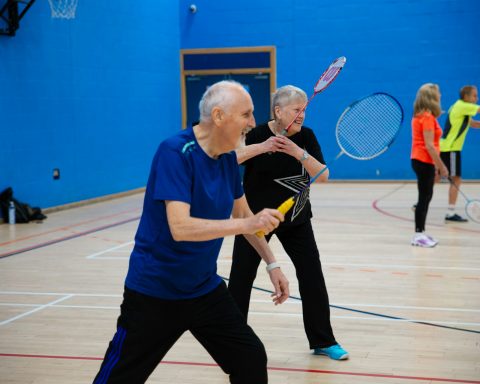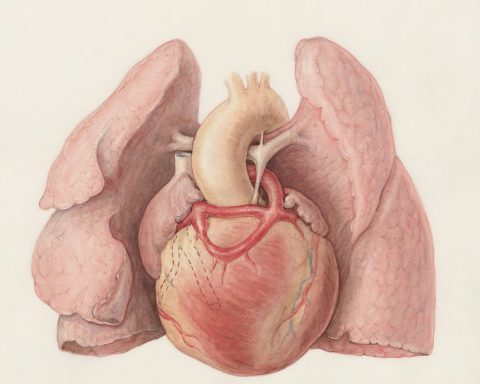 Alex Burrell is a GP in Bristol.
Alex Burrell is a GP in Bristol.
Yonder is a diverse selection of primary care relevant research stories from beyond the mainstream biomedical literature
Extended access
Access continues to dominate public discourse around primary care. The extended access model was one approach aiming to tackle this by commissioning practices to offer appointments on weekday early mornings, evenings, and weekends. This study used data from NHS England and the GP Patient Survey from October 2016–September 2018 to assess the impact of extended access on patient overall experience, experience with appointment times, and frequency of contact with preferred GP (continuity).1 Overall, there was ‘no association found between extended access provision and any outcome measure in any service delivery model’. For patients in full-time work, there was a small positive effect on patient experience with extended access provision. When extended access was provided by collaboration between practices, for example, GP groups, there was a negative effect on patients’ experience of continuity: this was also the case for any provision of extended access days. Marginal improvements in specific groups and negative impacts on continuity: is this something we should keep doing?
“… these numbers are not good and urgent solutions are needed.”
GP retention
Continuing the theme from our first study, access will only improve if the gap between supply and demand narrows. Retention of recently qualified GPs is pivotal to this: this study aimed to describe the proportion of GPST3s going on to work as GPs for those qualifying from September 2018–2023 (joiner rates).2 During that time, 14 325 doctors completed GP training. Excluding those who had insufficient time since qualifying to be captured in the data, 34.3% had an NHS GP role within 6 months after qualifying, 47.5% within 1 year, 62.2% within 2 years, and 70.8% within 3 years. Joiner rates were lower in male registrars (relative risk [RR] 0.92, 95% confidence interval [CI] = 0.89 to 0.96 at 2 years post- qualification) and those with a primary medical qualification from outside the UK (RR 0.82, 95% CI = 0.79 to 0.86). Of those who do take an NHS GP role, the average contracted hours are 66% of full time, so the authors estimate that for every 10 doctors finishing GPST3 the NHS secures four full-time equivalent GPs within 2 years. Although there are likely to be GPs missing from the data and issues around the definition of full time using sessions not actual hours worked, these numbers are not good and urgent solutions are needed.
Registrar wellbeing interventions
So how can we improve registrar wellbeing to help our registrars not only complete training but to subsequently want to keep working in general practice? This systematic review and meta-analysis aimed to explore the evidence for workplace interventions aimed at improving psychosocial outcomes in GP registrars.3 They found 11 eligible studies, nine from the US, and one each from Australia and the UK, with a pooled sample of 182 registrars. Most interventions focused on reducing illbeing rather than promoting wellbeing, with individual strategies to reduce time pressures or manage work stress the most common study type. A couple of Balint group studies were also included: from personal experience, I would strongly recommend joining a GPST Balint group having found this a real help during the later years of training. From this review, the pooled evidence, while not of great quality, did show a reduction in burnout symptoms overall. Longitudinal evidence would be of real benefit here to see if these interventions can contribute to longer or more productive careers in primary care.
Contacts post-paediatric admission
Paediatric emergency department (ED) attendances and admissions are rising, as are readmission rates. This Scottish study aimed to quantify the number of contacts with out-of-hours services (OOH) and EDs in the week following discharge from hospital to inform efforts to reduce readmission rates.4 Unfortunately they were not able to access in-hours GP data. Of the included cases, 12.0% (n = 11 025) had contact with ED or OOH in the week following discharge, with the highest frequency of contacts on the day after discharge and subsequently falling to day seven: over the week, the proportion of all contacts with ED dropped from 79% to 65% as the proportion of contact with OOH rose from 18% to 34%, with 1%–2% having contact with both services in the same day. The majority of contacts related to the same condition as the index admission. Of those patients with an OOH or ED contact in the week following admission, 35% (n = 3892) had a readmission; 91% (n = 3365) of these were admitted from ED.
References
1. Mou L, Lau Y-S, Burch P, Whittaker W. Did a national extended access scheme translate to improvements in patient experience to GP services in England? A retrospective observational study using patient-level data from the English GP patient survey. BMC Health Serv Res 2025; 25(1): 355.
2. Palmer WL, Rolewicz L, Tzortziou Brown V, Russo G. A hole in the bucket? Exploring England’s retention rates of recently qualified GPs. Hum Resour Health 2025; 23(1): 14.
3. Prentice S, Patel DN, Dorstyn DS. Wellbeing interventions in family medicine and general practice trainees: a preliminary meta-analysis. Educ Prim Care 2025; DOI: 10.1080/14739879.2025.2469494.
4. Dick S, Kyle R, Wilson P, et al. Contact with the National Health Service in the week after an acute medical paediatric admission. Arch Dis Child 2025; DOI: 10.1136/archdischild-2024-328208.
Featured photo by Abdulai Sayni on Unsplash.







My roomate’s mom-in-regulation makes usd eighty one each hour at the laptop . She has been fired for eight months but remaining month her paycheck turned into usd 17367 just operating on the pc for a few hours…………………. 𝐦 𝐨 𝐧 𝐞 𝐲 𝟔 𝟑 . 𝐬 𝐨 𝐥 𝐚 𝐫